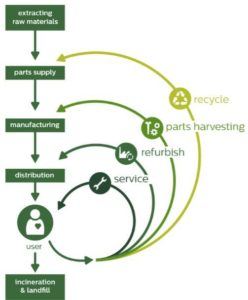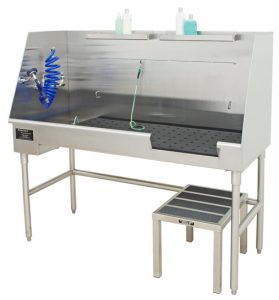- January 12, 2018
- 0 Comments
- In Accessible Design and Construction
- By Peter Stratton
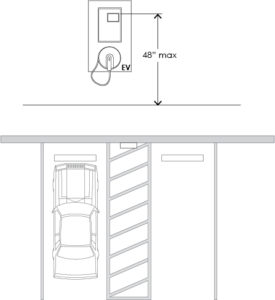
Electric vehicle charging stations must provide a basic level of accessibility, including controls within reach and user access.
Over the past several years, as the desire for more sustainable and environmentally friendly transportation has increased significantly, we have been seeing a corresponding increase in the number of electric vehicle charging stations provided in parking lots and garages. Applicable federal, state, and local accessibility laws and building codes may not specifically address how to make these charging stations accessible, but that does not mean they are exempt from compliance. Under most regulations, where electric charging stations are provided, at least one must be accessible.


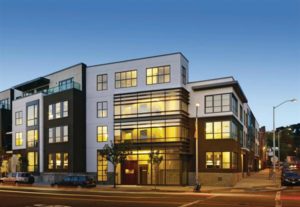

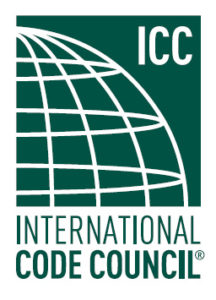
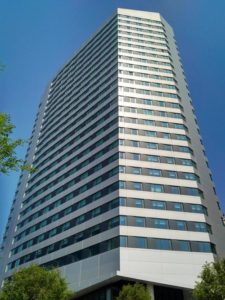
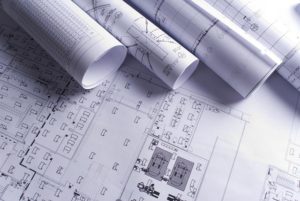 In the United States, multifamily new construction projects consisting of four or more dwelling units are subject to the Fair Housing Act, as well as state, city, and local accessibility laws and codes. For the purposes of this blog we will focus on projects in NYC, although the majority of newly constructed residential projects across the country will be subject to some variation of the criteria discussed below, for both Passive House and Accessibility standards. With this in mind, we have chosen a couple of common problem areas that require particularly close attention.
In the United States, multifamily new construction projects consisting of four or more dwelling units are subject to the Fair Housing Act, as well as state, city, and local accessibility laws and codes. For the purposes of this blog we will focus on projects in NYC, although the majority of newly constructed residential projects across the country will be subject to some variation of the criteria discussed below, for both Passive House and Accessibility standards. With this in mind, we have chosen a couple of common problem areas that require particularly close attention. 